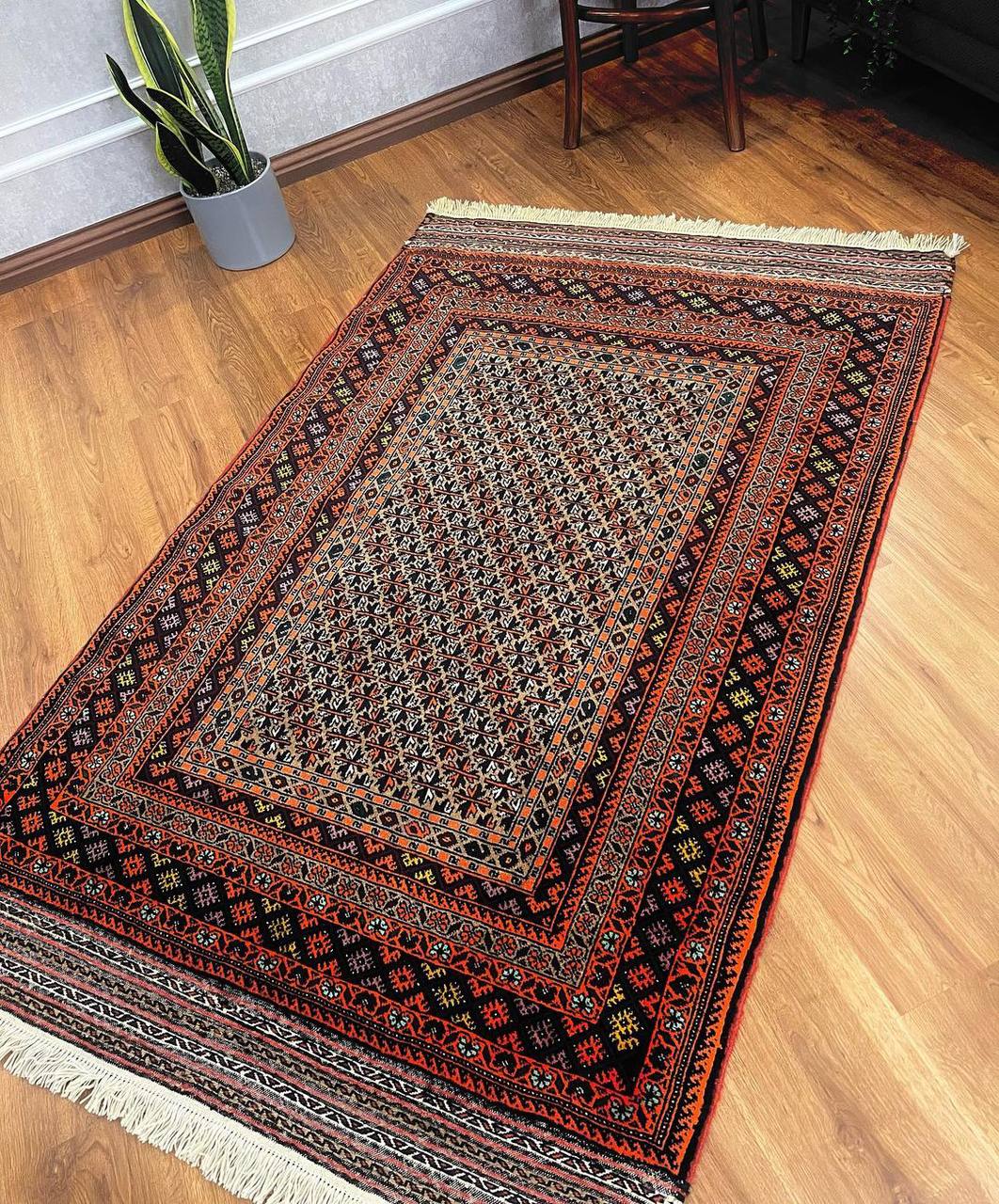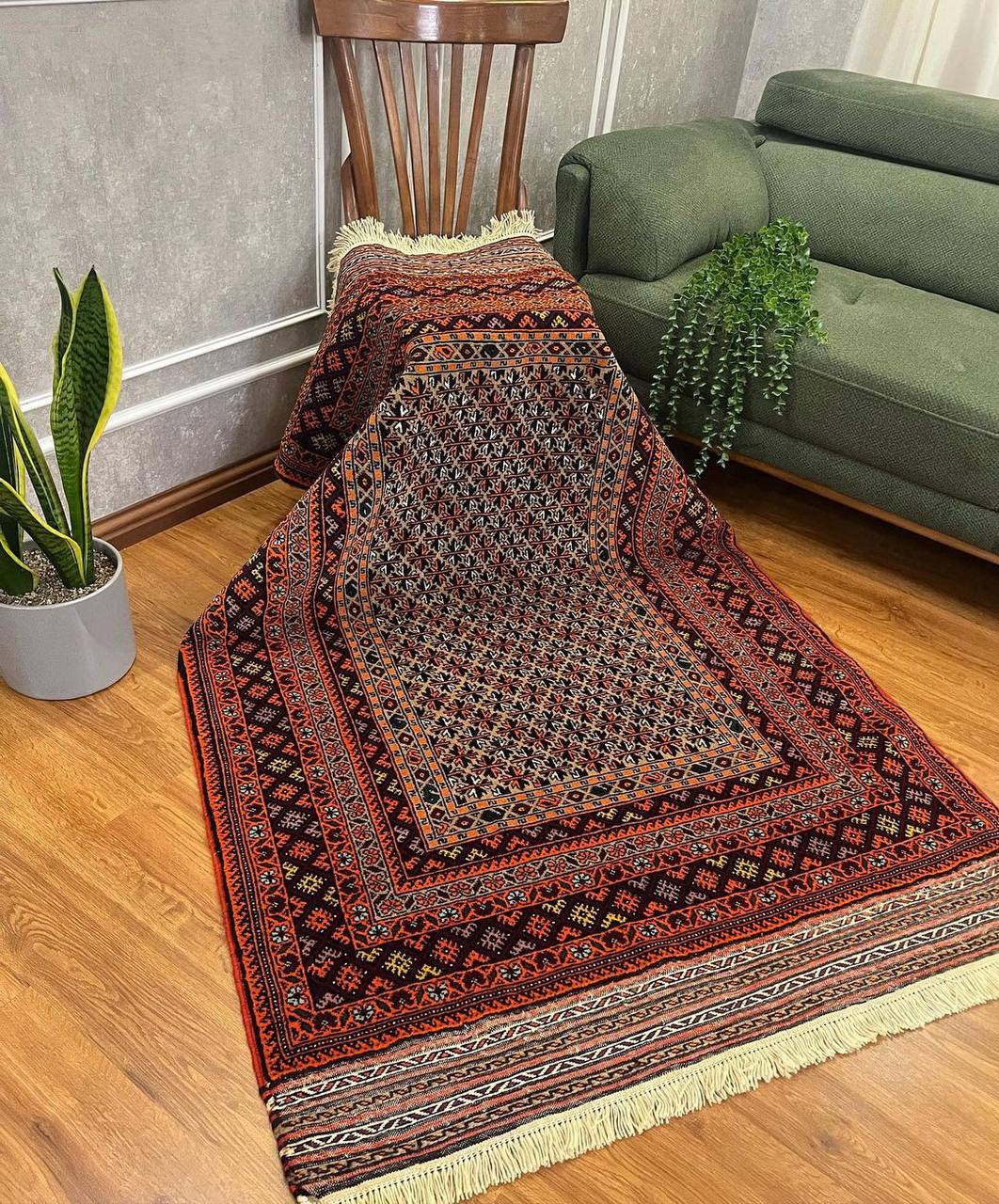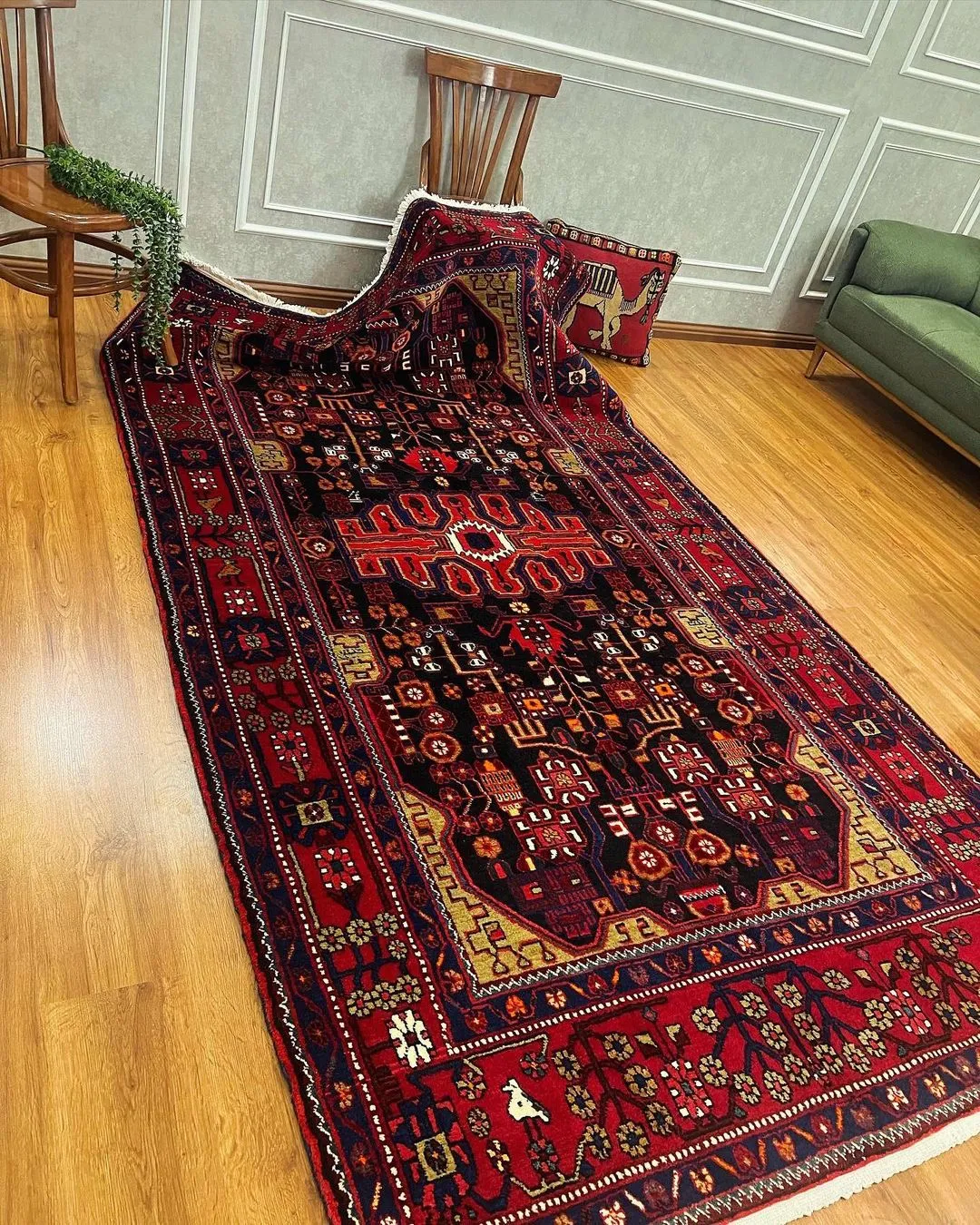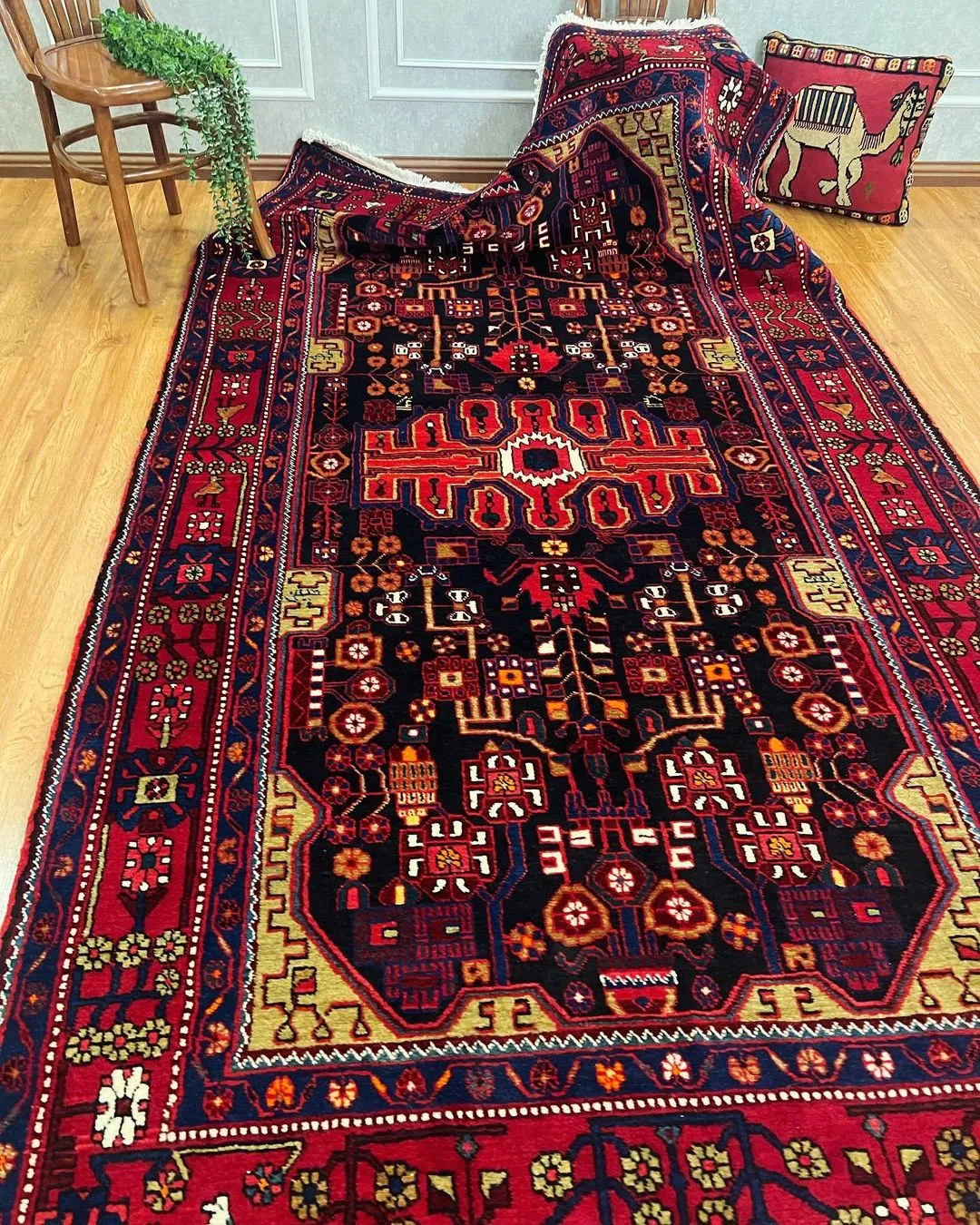History of Iranian carpets and carpet weaving
The history of Iranian carpets and persian carpet weaving is rich and ancient, dating back thousands of years. Carpet weaving in Iran has been a significant cultural and artistic tradition, and Iranian carpets are renowned worldwide for their beauty and craftsmanship. Here\’s a brief overview of the history of Iranian carpets and carpet weaving: Carpet weaving in Iran
1. Early Origins:
- The art of silk rug weaving in Iran has roots that can be traced back over 2,500 years. Early evidence of carpet weaving dates to the Achaemenid Empire (circa 550-330 BCE). The oldest surviving Persian carpet, known as the \”Pazyryk Carpet,\” was found in Siberia and is believed to have been woven around 400 BCE.
2. Development and Influence:
- Persian pictorial carpet weaving flourished during various historical periods, including the Sassanid Empire and the Islamic Caliphates. Persian carpets gained recognition and popularity in both the Islamic world and beyond.
3. Persian Carpet Centers:
- Different regions of Iran developed their unique styles and designs. Some of the famous Persian handmade carpet centers include Tabriz, Isfahan, Kashan, Nain, Kerman, Shiraz, and Qom. Each region is known for its distinctive weaving techniques and motifs. Carpet weaving in Iran
4. Safavid Dynasty (16th-18th Century):
- The Safavid Dynasty marked a golden age for Persian carpet weaving. The Safavid rulers were great patrons of the arts, and their support led to the creation of some of the most exquisite and intricate Persian carpets in history. The city of Isfahan, in particular, became a renowned center for carpet production during this era.
5. European Trade:
- Persian carpets gained popularity in Europe during the Renaissance, and they were often depicted in European paintings. They became luxury items sought after by European nobility.
6. 19th and 20th Centuries:
- Persian carpet weaving continued to thrive in the 19th and 20th centuries. Advances in transportation and trade allowed Persian carpets to reach a global market. Carpet weaving in Iran

7. Modern Times:
- In the 20th and 21st centuries, Iranian carpet weaving has adapted to changing market demands and trends. While traditional designs are still produced, contemporary and artistic interpretations have also emerged.
8. UNESCO Recognition:
- In 2010, UNESCO recognized the art of traditional Persian carpet weaving as an Intangible Cultural Heritage of Humanity, highlighting its cultural significance and importance.
9. Materials and Techniques:
- Persian carpets are traditionally woven by hand using techniques that have been passed down through generations. They are made from high-quality wool, silk, or a combination of both. Knots are tied onto a foundation to create intricate patterns and designs. Carpet weaving in Iran
10. Design and Motifs:
- Persian carpets are known for their intricate and diverse designs, including floral motifs, medallions, geometric patterns, and intricate borders. The choice of design elements can vary depending on the region and weaver\’s creativity.

Persian carpets are not merely functional floor coverings; they are treasured works of art that embody Iran\’s rich cultural heritage, craftsmanship, and artistic expression. They continue to be celebrated and sought after by collectors and enthusiasts worldwide.
Click to buy a silk carpet combining machine and handwork machine rugs .
Carpet weaving in Iran
Carpet weaving in Iran, often referred to as Persian carpet weaving, has a rich and storied history that spans thousands of years. It is one of the most celebrated and influential textile traditions in the world. Here is an overview of carpet weaving in Iran:
1. Ancient Origins: Carpet weaving in Iran
- The art of carpet weaving in Iran dates back to ancient times, with evidence of its existence as far back as 2500 BCE. The oldest known Persian carpet, the \”Pazyryk Carpet,\” was discovered in Siberia and dates to the 5th century BCE.
Saffron
2. Geographical Diversity:
- Iran\’s vast and diverse geography has contributed to the development of a wide range of carpet styles and designs. Different regions of Iran are known for their distinct weaving traditions and techniques.

3. Renowned Carpet-Producing Regions: Carpet weaving in Iran
- Tabriz: Tabriz in northwestern Iran is famous for its diverse designs, including medallion, pictorial, and geometric patterns. It is one of the largest carpet-producing cities in Iran.
- Isfahan: Isfahan is known for its fine craftsmanship, intricate floral motifs, and central medallion designs. It is regarded as a center of artistic excellence in carpet weaving.
- Kashan: Kashan carpets are recognized for their detailed curvilinear designs, including intricate floral patterns and medallions.
- Nain: Nain carpets are known for their delicacy and often feature fine floral designs with a central medallion. They are prized for their use of silk and wool.
- Kerman: Kerman carpets are celebrated for their vibrant colors and intricate designs, often featuring historical and figurative motifs.
- Shiraz (Gabbeh): Gabbeh rugs from Shiraz are characterized by their simplicity and bold, tribal designs. They are often made with handspun wool.
- Hamadan: Carpets from Hamadan are known for their durability and feature various geometric patterns and motifs.
inlaid work
4. Knotting Techniques:
- Persian carpets are traditionally woven by hand using two primary types of knots: the asymmetrical (Persian) knot and the symmetrical (Turkish) knot. The choice of knotting technique can vary by region and style.

5. Materials and Dyes:
- Persian carpets are made from high-quality wool, silk, or a blend of both. Natural dyes derived from plants, minerals, and insects have historically been used, resulting in a rich and enduring color palette.
6. Unique Designs and Motifs: Carpet weaving in Iran
- Persian carpets are renowned for their intricate designs, including floral motifs, medallions, geometric patterns, and intricate borders. Many of these designs carry symbolic meanings and cultural significance.
Handicrafts
7. Cultural and Artistic Significance:
- Persian carpets hold deep cultural and artistic significance in Iran. They are used in religious ceremonies, cultural events, and as valuable heirlooms passed down through generations.

8. UNESCO Recognition:
- In 2010, UNESCO recognized the art of traditional Persian carpet weaving as an Intangible Cultural Heritage of Humanity, acknowledging its cultural importance and contribution to the world of art and craftsmanship.
9. Export and Global Recognition:
- Persian carpets have been exported and admired worldwide for centuries, gaining recognition for their exquisite artistry and craftsmanship.

In summary, carpet weaving in Iran is a centuries-old tradition that showcases the country\’s rich cultural heritage and artistic expression. Persian carpets are celebrated for their diversity, intricate designs, and enduring quality, making them treasured works of art appreciated by collectors and enthusiasts around the world.
